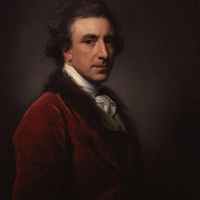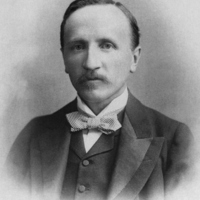How to cite this page Comment citer cette page
Statue of Robert Clive, Westminster
Monument
- Media metadata | Métadonnées multimédias
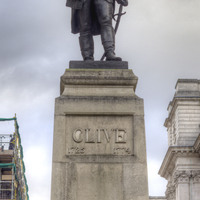 Statue of Robert Clive, Westminster
Statue of Robert Clive, Westminster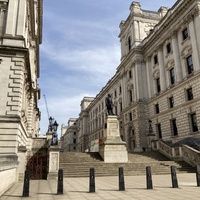 Image of Statue of Robert Clive in Westminster, panorama
Image of Statue of Robert Clive in Westminster, panorama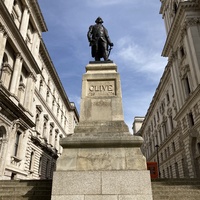 Image of Statue of Robert Clive in Westminster, Panorama 2
Image of Statue of Robert Clive in Westminster, Panorama 2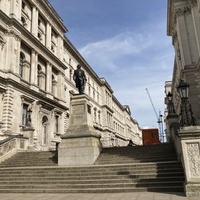 Image of statue of Robert Clive in Westminster, distant panorama
Image of statue of Robert Clive in Westminster, distant panorama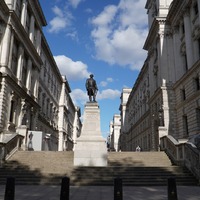 Image of statue of Robert Clive in Westminster, symmetrical panorama
Image of statue of Robert Clive in Westminster, symmetrical panorama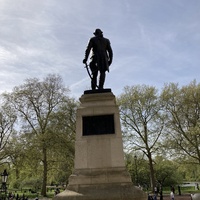 Image of statue of Robert Clive in Westminster, view from rear
Image of statue of Robert Clive in Westminster, view from rear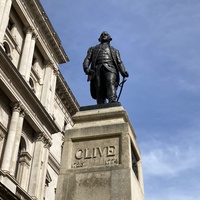 Image of statue of Robert Clive in Westminster, close up
Image of statue of Robert Clive in Westminster, close up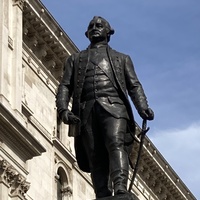 Image of statue of Robert Clive in Westminster, close up shot
Image of statue of Robert Clive in Westminster, close up shot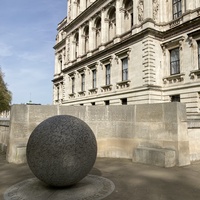 Image of Bali Bombings Memorial, London
Image of Bali Bombings Memorial, London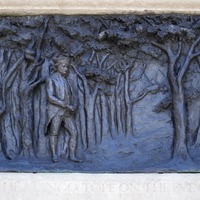 Plinth showing Robert Clive in Plassey
Plinth showing Robert Clive in Plassey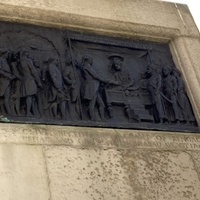 Image in bas-relief on one side of plinth of statue of Robert Clive at Westminster
Image in bas-relief on one side of plinth of statue of Robert Clive at Westminster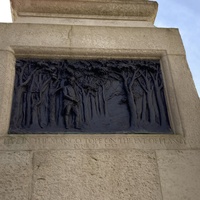 Image of bas-relief on second side of plinth of statue of Robert Clive at Westminster
Image of bas-relief on second side of plinth of statue of Robert Clive at Westminster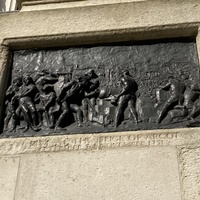 Image of bas-relief on third side of plinth of statue of Robert Clive at Westminster
Image of bas-relief on third side of plinth of statue of Robert Clive at Westminster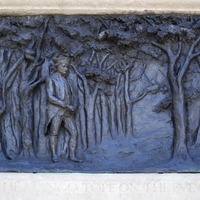 Image of bas-relief on plinth showing Robert Clive in Plassey
Image of bas-relief on plinth showing Robert Clive in Plassey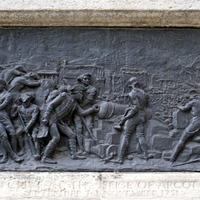 Image of bas-relief on plinth of statue of Robert Clive, showing the siege of Arcot 1751
Image of bas-relief on plinth of statue of Robert Clive, showing the siege of Arcot 1751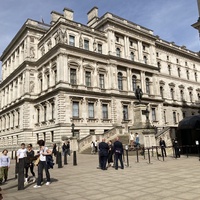 Image of statue of Robert Clive in Westminster, next to Churchill's War Rooms
Image of statue of Robert Clive in Westminster, next to Churchill's War Rooms
- has description | a une description
-
This large bronze statue depicts Robert Clive in military uniform, atop a massive plinth. In the manner of classical Greek architecture, the undulating structure of the plinth prevents the viewer from focussing and draws attention instead to the principal figure, who looks away into the the distance with a grim expression. The figure wears well-worn boots, indicating battle experience, while the prominent stripes on the sleeves indicate achievement and rank. In one hand, the figure holds a curved Indo-Islamic ceremonial sword or talwar, signalling the conquest of India, while the other hand clutches rolled up papers, possibly underlining the legal title to possessions won by the sword.
In front, the plinth merely describes the person depicted as 'Clive', indicating his self-explanatory eminence. Contradicting this, the three other sides of the plinth display narrative friezes in bas-relief, showcasing Clive's military and political achievements in India: at Arcot, Plassey and Allahabad. The Allahabad scene depicts Clive receiving the Grant of Diwani, mistitled as the Grant of Bengal, from the defeated Mughal emperor. In the bas-relief of this scene, based on Benjamin West's 1818 painting , the Mughal emperor fades into the background while Clive and his British companions are carved prominently, to emphasize their centrality to the story. - was commissioned by | a été commandé par
- Lord Clive Memorial Committee
- managed by | dirigé par
- English Heritage
- protected by | protégé par
-
 Historic England Checklist to Help Local Authorities Deal With Contested Heritage Decisions, 2021
Historic England Checklist to Help Local Authorities Deal With Contested Heritage Decisions, 2021
- Police, Crime, Sentencing and Courts Act 2022
-
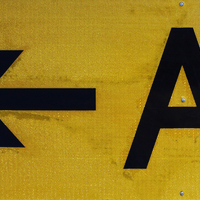 Guidance for custodians on how to deal with commemorative heritage assets that have become contested, 2023
Guidance for custodians on how to deal with commemorative heritage assets that have become contested, 2023
- has dimension (height (cm)) | a pour dimension (hauteur (cm))
- 2 900
- was discussed by | a été contesté par
- 1907, William Forwood writes to The Times lamenting the lack of a memorial to Clive
- 1912, Perceval Landon praises Tweed for his Clive statue
-
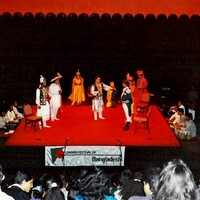 1994, Performance of Siraj ud-daula play at the Festival of Bangladesh organised by Iqbal Wahhab
1994, Performance of Siraj ud-daula play at the Festival of Bangladesh organised by Iqbal Wahhab
- 1997, Nurul Haque organises a conference on Plassey
-
 1998, Nurul Haque organises a larger conference on Plassey
1998, Nurul Haque organises a larger conference on Plassey
- 2007, Statue of Siraj ud daula installed in Plassey
- 2020, Petition to Westminster City Council to remove the statue of Robert Clive
- 2020, Murad Qureshi expresses his opinion of Robert Clive statue in London
- 2024, Yinka Shonibare exhibits his series 'Decolonised Structures' at the Serpentine Galleries
- depicts | figure
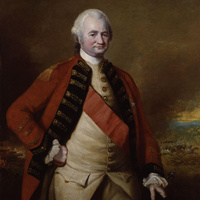 Clive, Robert
Clive, Robert- consists of | consiste en
- bronze
- was produced by | a été produit par
- Tweed, John
Statue | La statue
- has inscription | a une inscription
- Clive
- consists of | consiste en
- bronze
Plinth | Le socle
- is referred to by | est référencé par
- Historic England
- Wikipedia
- English Heritage
- Tate
- John Watts, "Contested Statues: The Clive Memorial Fund, Imperial Heroes, and the Reimaginings of Indian History," Journal of British Studies, Published online 2024:1-24
- Durba Ghosh, "Stabilizing History through Statues, Monuments, and Memorials in Curzon’s India," The Historical Journal. 2023;66(2):348-369
















